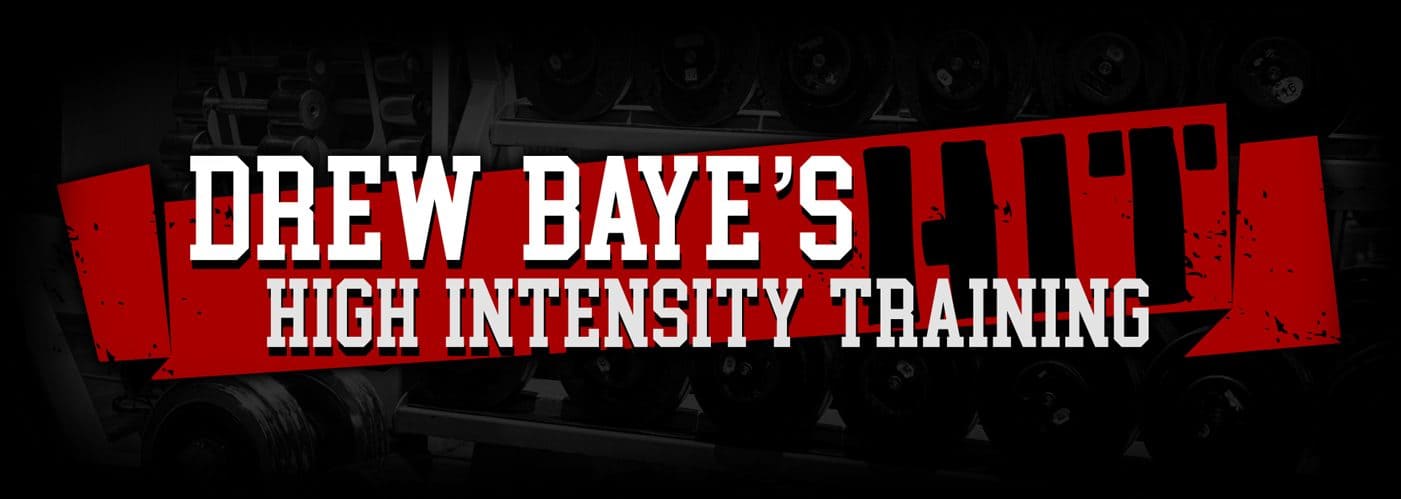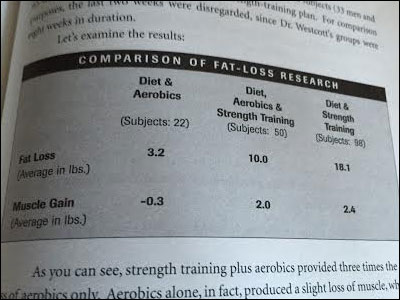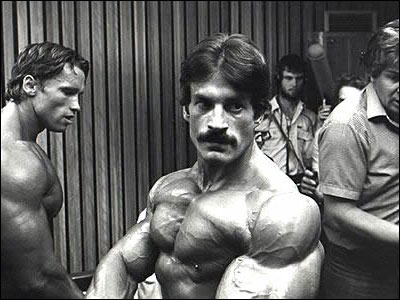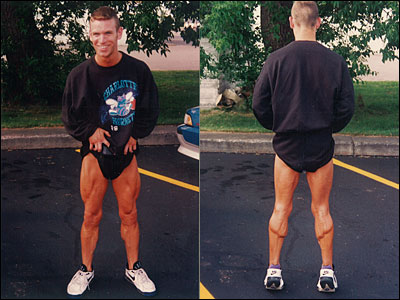Question: In a comment on my recent post on the relative importance of activity and diet for fat loss a reader asked about the difference in results between performing only high intensity training and combining it with low intensity activity like fast walking on off days, and what the effect on appetite might be.
Answer: Adding some low intensity activity on your off days will have little effect on your appetite and would not interfere with recovery and adaptation from your workouts, but it wouldn’t have much of an effect on your body composition either because it burns few calories and does nothing to stimulate increases in lean body mass. Performing moderate rather than low intensity activity would have more of an effect on appetite, but despite burning a little more calories if overdone it can actually cause you to get worse results rather than better.
On page 125 of Living Longer Stronger Ellington Darden compared data from his fat loss studies and Wayne Westcott’s showing the results of ten weeks of diet along with either only high intensity strength training, only “cardio”, or a combination of the two.
The group that performed only “cardio” only lost an average of 3.2 pounds of fat, and lost an average of 0.3 pounds of muscle. The group that performed only strength training on average lost 18.1 pounds of fat and gained 2.4 pounds of muscle. When both strength training and “cardio” were performed, the results were worse. The group that did both only lost an average of 10 pounds of fat and only gained 2 pounds of muscle.
There could be several reasons for this, including failure to adhere to the diet due to increased appetite following “cardio” sessions, or the “cardio” interfering with and compromising the intensity of the workouts, but this has been consistent with my experience with my own clients. Over the years I’ve had a lot of personal training clients who had previously worked out on their own or with another personal trainer doing a combination of strength training and “cardio”. They came to me because they weren’t getting the results they wanted with that approach, and although most were skeptical when I told them to cut out the “cardio” every single client that worked out consistently and followed their diet got better results without it.
I’m not suggesting that people should not be physically active, just that they shouldn’t do it for the sake of burning calories or “cardio” or expect it to make a huge difference in their body composition. If you’re going to do something physical in addition to your workouts do something you enjoy or something that teaches useful skills like martial arts, shooting, or parkour and don’t worry about whether it will improve your general functional ability or body composition; that’s what exercise is for.











